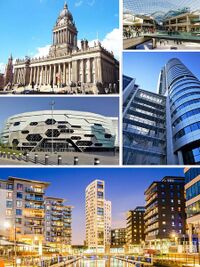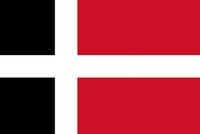Dawson
Dawson | |
|---|---|
City and Special Administrative Region | |
 from top left clockwise, Dawson Port Authority Dawson Central Station NCBC Tower UBS Building overlooking the Dawson Canals Royal Auraid Centre | |
| Government | |
| • Port Conductor | Elizabeth Newport (Conservative) |
| Population | |
| • Total | 5,650,223 |
| ISO 3166 code | PMG-SAR-DSN |
The City of Dawson is a special administrative region of PyeMcGowan, and is the second-largest city in the nation. With a population of over 5 million, it rivals its nearest Principality of Anderson, which is many times larger than it is. On many maps Dawson seems to be a part of Anderson, but in fact it is a self-governing region, with the town of Abardawsen acting as the capital of Anderson, but commonly called Dawson. The City was founded in 1452 as a trading hub by various Europan merchants, it’s ideal spot allowed maximum coverage of modern day PyeMcGowan and Theodoria. As PyeMcGowan was formed from small colonies in the Auraid Bay the need for Dawson became even larger as the colonies in the area used Dawson’s Port of Endeavour instead of building their own. This led to the first major transport networks in PyeMcGowan, which were owned by the Dawson Corporation, the owner of Dawson and Endeavour. This gave them a Monopoly over the PyeMcGowian economy, which made the ruling nobles quite angry, that a company could decide the fate of two large nations, the Pye and Gowans. So in 1503, following the full unification of PyeMcGowan, the new king offered a deal: that Dawson pledge loyalty to PyeMcGowan in return for not invading, and offering a 12% tariff on all goods passing through the ports for the next hundred years. In 1603, one hundred years after the deal, a new treaty of Dawson was signed, allowing the Ports of Endeavour and the primary city of Dawson to become special administrative regions of PyeMcGowan, in return for a 5% tariff. This treaty of Dawson, with a few adjustments, has lasted ever since. Today it is PyeMcGowan’s largest Free Economic Territory with little to no taxation in some districts of the region.
